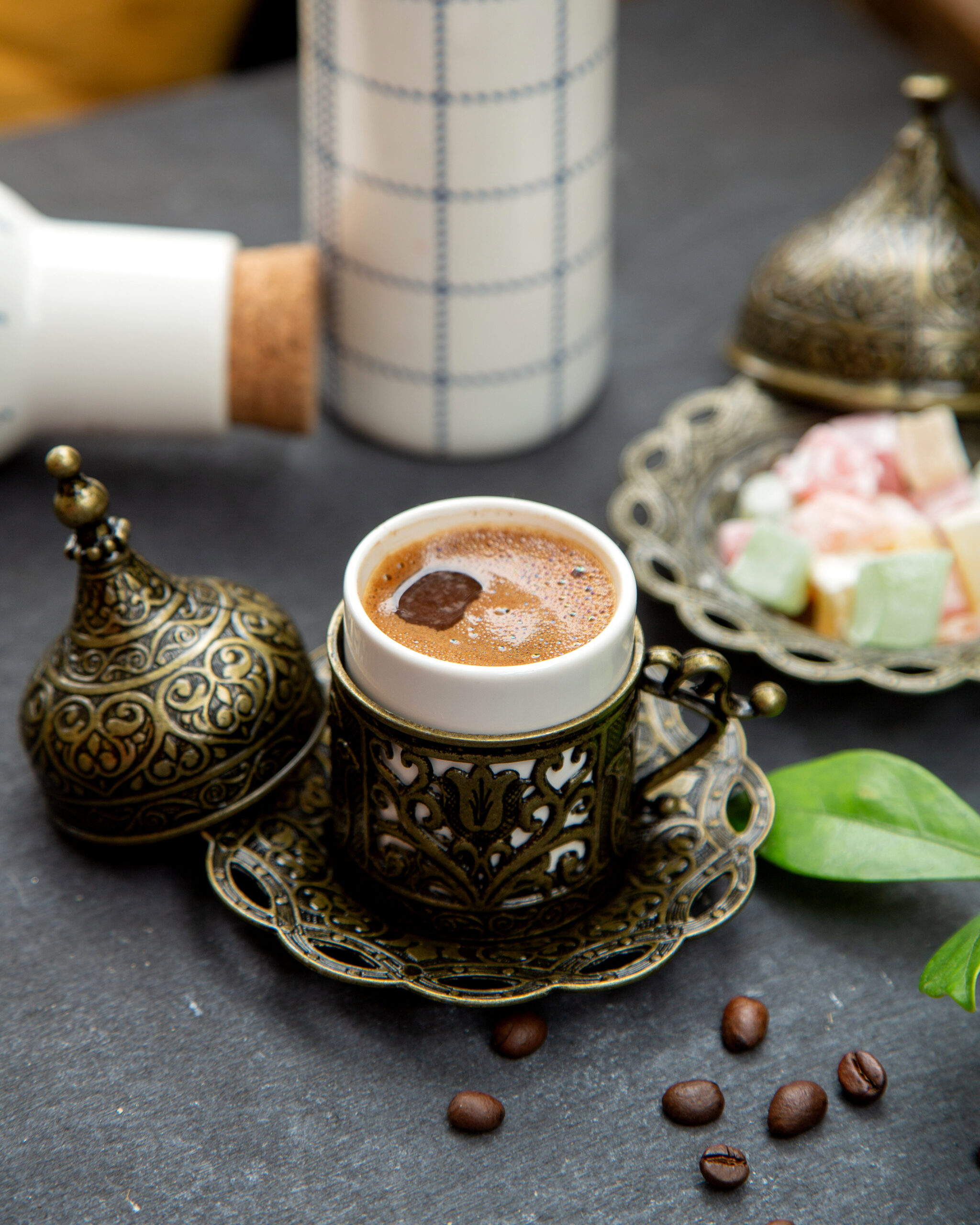
India grows two primary species of coffee: Arabica and Robusta. Each has distinct characteristics in terms of flavor, caffeine content, and growing conditions.

Robusta is more disease-resistant and yields higher volumes. It’s widely used in domestic consumption and commercial blends.

Raw beans exposed to monsoon winds, resulting in a bold, mellow flavor with low acidity and high body. Popular in espresso blends.

India’s love affair with coffee began in the 17th century when Baba Budan, a Sufi saint, smuggled seven coffee beans from Yemen and planted them in the Chikmagalur hills of Karnataka. What started as a secret act soon became a thriving industry.
By the 19th century, the British had commercialized coffee cultivation, especially in Karnataka, Kerala, and Tamil Nadu. Today, India is the sixth-largest coffee producer in the world, with over 70% of its production exported globally.
When most people think of India and beverages, tea—especially chai—comes to mind. But quietly, and with a distinct aroma of its own, coffee has carved out a significant place in India’s cultural and agricultural landscape. From the misty hills of Karnataka to the bustling cafés of Mumbai and Delhi, coffee in India is not just a drink—it’s a growing movement.